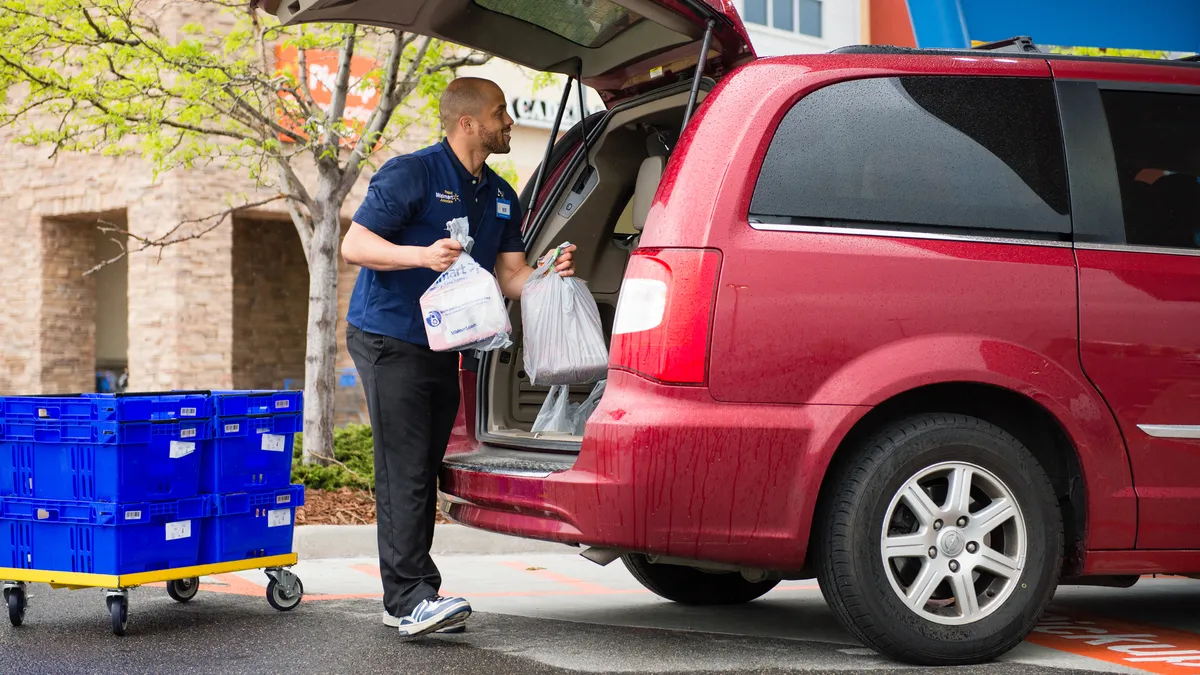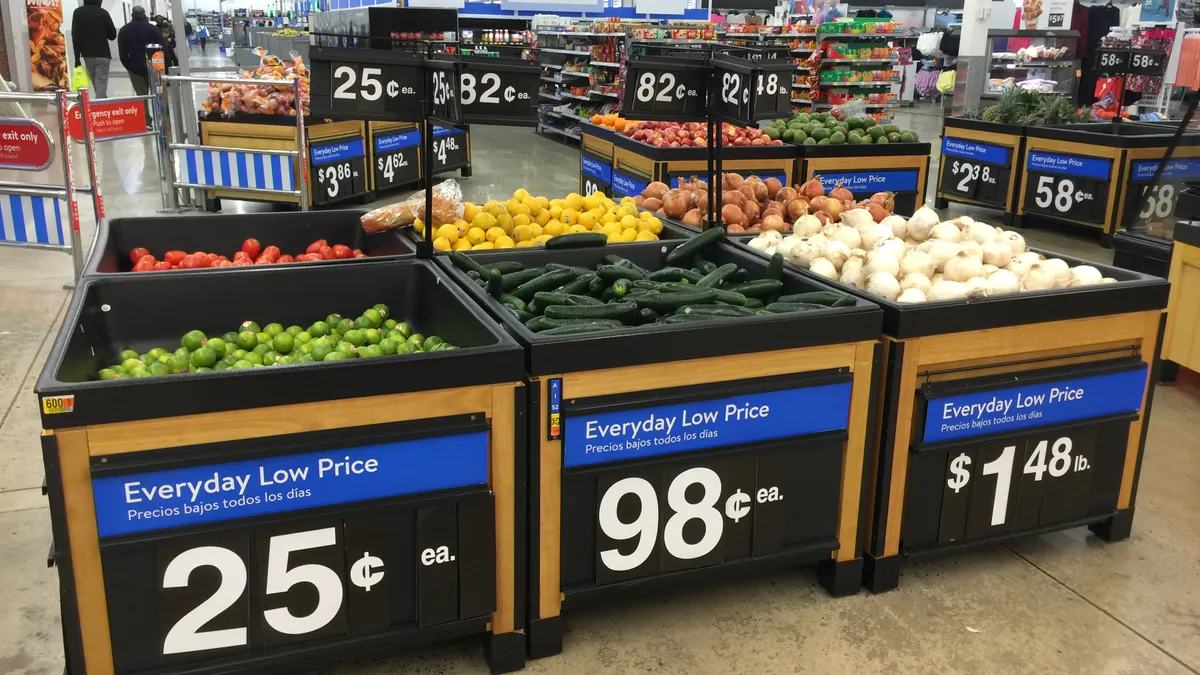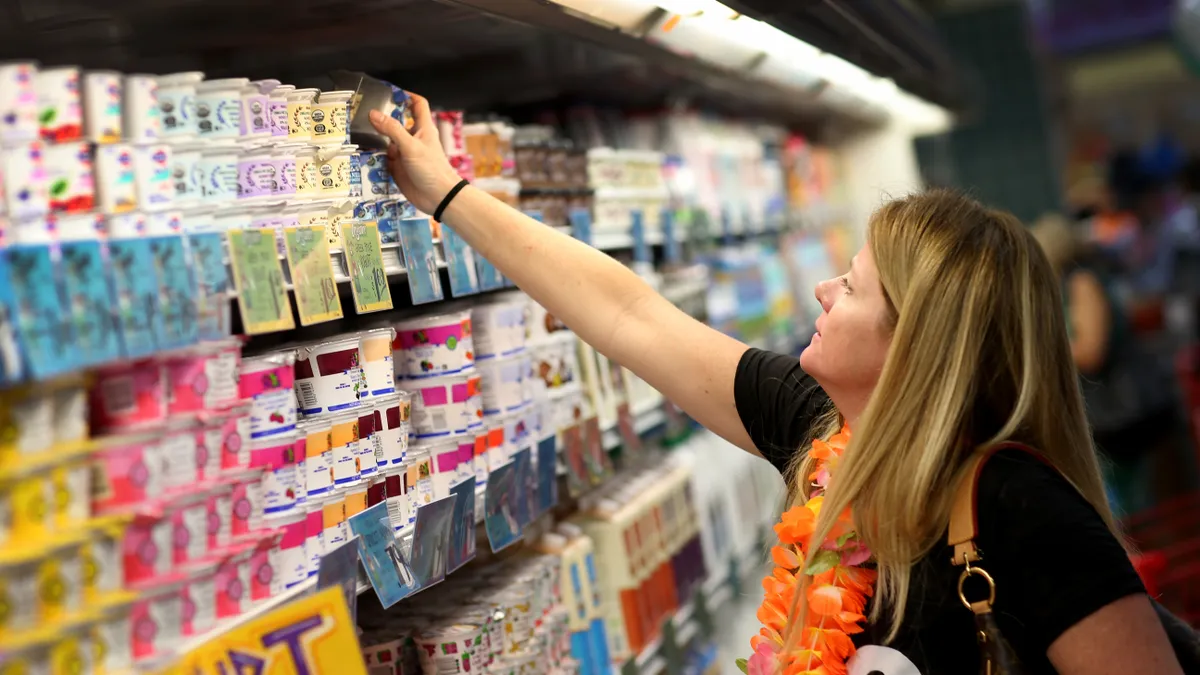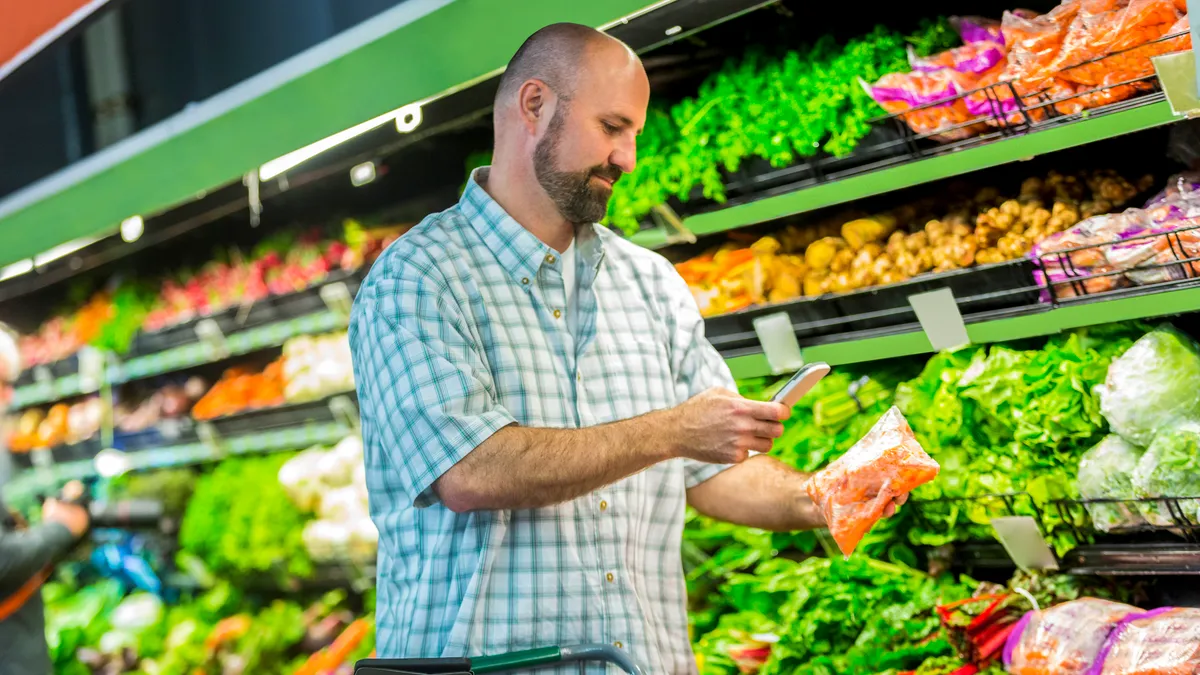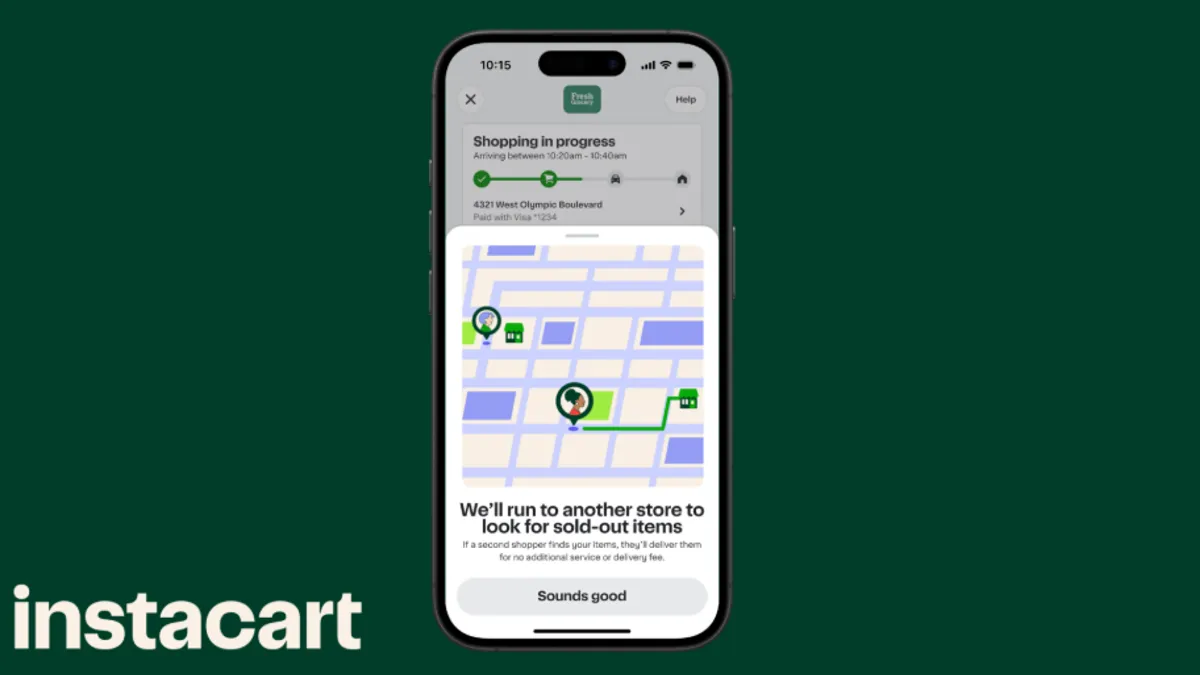Kathy Craft is head of the nationwide industrial practice at Nelson, an architecture and branding firm.
The days of walking down aisles at local supermarkets, watching people review their handwritten shopping lists and packing their carts to the brim are over. Consumers are no longer scouring the store for ingredients to create the perfect dinner. Pre-packaged meal kits are creeping into prime real estate and personal shoppers with apps like Shipt and Instacart are racing from one online grocery order to the next.
Research shows almost half of U.S. shoppers use click-and-collect methods for groceries, while Nielsen and the Food Marketing Institute estimate that Americans’ total online grocery spending will reach $100 billion in the next few years.
Some brands have quickly adjusted to this new environment, while others have fallen behind. But simply accommodating pickup and adjusting to the new normal of at-home delivery isn’t enough. The solution is to reimagine the traditional store and transform it into a more modern "micro-market." The supermarket of the future will have a greater warehouse footprint for inventory and processing to meet growing customer demands, and a more holistic and authentic retail experience that can only be fulfilled in-person.
Here is a deeper dive into the top three things retailers need to consider when creating the supermarket of the future:
1. Rethink back-of-house
It is no secret successful retailers now offer multiple options for online ordering, but are they able to process orders quickly and seamlessly in their traditional space? Research shows grocers need to adjust their physical layout to meet new consumer demands. With more and more people leveraging digital, it’s time to start thinking about the best strategy for the back-of-house.
Supermarkets should expand the back to keep stock specifically for click-and-collect programs. This reduces initial build-out costs because product stays in the warehouse space rather than more expensive retail space. It also reduces labor costs because the product goes directly into delivery boxes or grocery sacks without being staged on display in the front of the house.
Having a larger warehouse also means faster inventory turns, fewer touches and easier loading operations. Finally, expanding the back-of-house area reduces product damage because fewer products are exposed to handling.
Overall, making room for click-and-collect and delivery operations in the warehouse makes everything more efficient.
2. Enhance transportation and parking flow
In addition to expanding the back-of-house, retailers should plan for more efficient transportation circulation. Today, most stores have a small area dedicated to loading, typically with enough space for one or two trucks and a forklift. With last-mile delivery demands at an all-time high and grocery distribution services saturating the market, stores must allow for an easier flow for personal vehicles, box vans and sprinter trucks that are distributing these orders as well as personal consumer pickup.
Consumer-facing pickup areas should be separate to ensure the experience is the best it can be. There should be several designated zones including one large parking lot dedicated to curbside pickup, and a separate location around back for the larger, bulk-size pickups for home-delivery distributors.
Companies like Walmart continue to aggressively invest in last-mile grocery delivery and a more industrial-like retail approach, partnering with businesses like Postmates, UberEats, and DoorDash to extend same-day delivery offerings.
Expanding last-mile delivery means adding warehouse space for stock and transportation operations. Adding more truck lanes and loading zones will allow for more product to get to consumers sooner.
3. Transform the retail experience for guests
The final piece to the puzzle is transforming the front-of-house experience. Just because the warehouse footprint is growing doesn’t mean the consumer-facing environment is any less valuable. It only means it might need to be utilized differently.
Although online orders and digital interactions are increasing, customers still need the opportunity to engage with new products. Research shows some shoppers still prefer selecting produce in-store rather than online to ensure the best quality and freshness, and millennials are more likely to shop in-store because of the social interaction.
Imagine a smaller, more modern, consumer-facing storefront with fresh breads and produce, refrigerated basics like milk and eggs, a uniquely designed grab-and-go display and an area dedicated to home essentials.
The front of the store can be created to meet the needs of every shopper. Digital kiosks that house easy recipes using only ingredients available in-store can be scattered throughout for the creative and fast-paced millennial. A small wine bar can be strategically placed near the checkout for the mom or dad who just need to pick up a few things but are also looking to unwind.
Innovative radio-frequency identification (RFID) technology can make the in-store shopping experience more seamless by eliminating the checkout process, similar to Amazon Go stores. If a consumer using curbside pickup forgot to order a few items, RFID can allow them to run in quickly, grab the one or two items they need, and charge their card upon exiting.
Expanding the back-of-house, creating new and innovative transportation solutions and reimagining the consumer-facing environment will become the key pillars to successfully transform today’s supermarket into a micro-market of the future.


